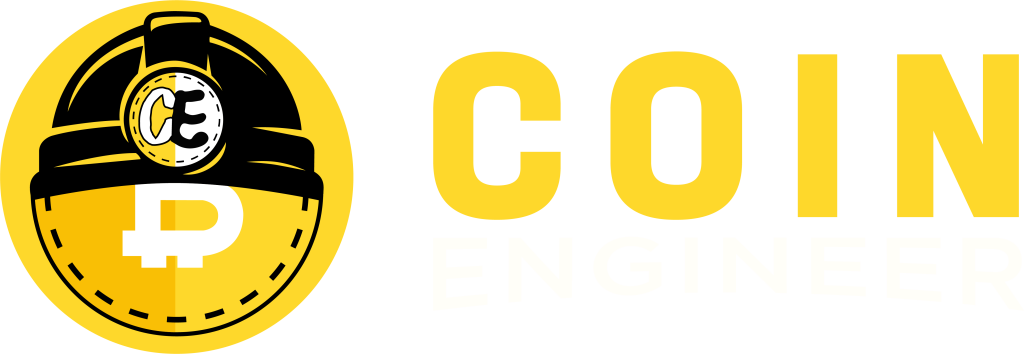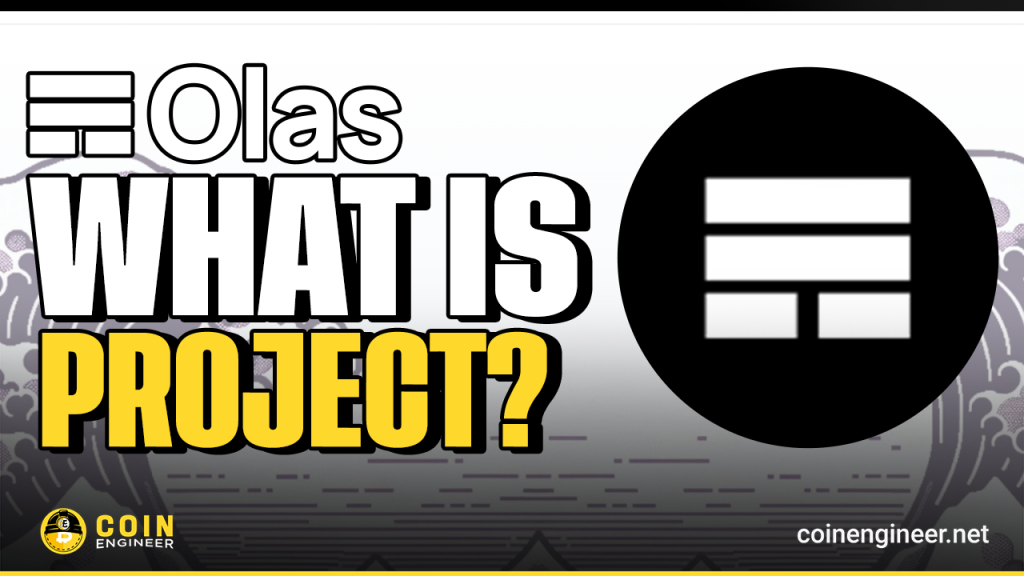Autonolas is a platform that enables autonomous systems to operate securely, transparently, and in a decentralized manner. OLAS plays a central role in the Autonolas ecosystem by integrating technology with autonomous systems. Let’s explore What is Autonolas (OLAS) and What Does It Do? in detail.
What is Autonolas (OLAS) and What Does It Do?
Autonolas is an innovative crypto project built on decentralized governance and advanced blockchain technology, designed to support the development of autonomous services. The project aims to go beyond the limitations of smart contracts and decentralized applications by enabling fully autonomous systems that operate seamlessly and access external data sources.
The Autonolas ecosystem provides developers with extensive documentation and tools, consisting of three main components: the Open Autonomy framework, the Autonolas protocol, and toolkits for building autonomous services. These open-source toolkits consist of code repositories that facilitate the creation of autonomous systems, driving decentralized innovation.
At the core of the ecosystem lies the OLAS token, a crucial component that not only shapes the governance of the protocol but also ensures the economic balance within the ecosystem. Additionally, veOLAS (vested OLAS) holders play an active role in community decision-making, reinforcing the decentralized structure of the project.
Autonolas is more than just a technology—it is committed to building a sustainable and community-driven ecosystem, paving the way for the future of autonomous services.
Click here to see project’s white-paper.
Open Autonomy: An Open Framework for Autonomous Services
Autonolas introduces Open Autonomy, an open-source framework that enables the creation of autonomous agent services. These services operate as off-chain multi-agent systems (MAS) and significantly enhance the functionality of smart contracts.
By extending the capabilities of traditional smart contracts, these agent services allow for the decentralized execution of complex operations, such as machine learning algorithms. Additionally, they maintain a transparent, trust-minimized, and resilient structure.
Autonolas Protocol: The Foundation of Autonomous Services
The Autonolas protocol is a revolutionary set of smart contracts designed to manage, protect, and orchestrate software code on public blockchain networks. Built on the Open Autonomy framework, this protocol incentivizes developers proportionally to their contributions, fostering active participation in the ecosystem. Initially launched on Ethereum’s mainnet and Görli testnet, the project aims to expand to other major smart contract platforms in the future.
Key Components of the Autonolas Protocol
- On-Chain Registries: The protocol features on-chain registries, allowing autonomous services, software agents, and agent components to be registered as NFTs on the blockchain. This system enables seamless composition of agents and services, facilitating the creation of advanced autonomous solutions.
- Autonolas Tokenomics: At the heart of the Autonolas economic model lies the OLAS token, which serves as a coordination mechanism ensuring the protocol’s sustainability and smooth operation.
- Governance: Autonolas operates under a Decentralized Autonomous Organization (DAO), empowering the community to participate in protocol upgrades and decision-making. This governance structure ensures flexibility and adaptability, enabling the ecosystem to evolve based on collective input.
With Open Autonomy and its innovative protocol, Autonolas continues to unlock new opportunities for developers and users to build decentralized and reliable autonomous services.
Click here to see project’s X account.
Community Building and Long-Term Vision
The Autonolas community is one of the key pillars that will shape the future of the project. As the protocol matures, one of Autonolas’ main goals will be to transition further into decentralization. This process involves not only developers but also designers, researchers, marketers, and analysts, fostering a wide community.
Autonolas is embracing innovative approaches to community-building, developing initiatives that encourage participation. One notable example of this vision is Alter Orbis. This open-world experience, built around the core narratives of Autonolas, provides an immersive space where community members can engage more deeply with the project.
Through decentralized governance and a strong community structure, Autonolas is laying the foundation for a sustainable ecosystem in the long term.
What is OLAS Cryptocurrency?
The OLAS token, a cornerstone of the Autonolas ecosystem, sits at the core of the project’s economic model. OLAS is a critical element that strengthens the decentralized and autonomous nature of the Autonolas protocol.
The $OLAS token was designed to align incentives, ensure coordination, and create a vibrant community. It serves not just as a cryptocurrency, but as the foundation of Autonolas’ innovative infrastructure.
Role and Use Cases of OLAS Token
The OLAS token operates as a coordination mechanism within the Autonolas protocol. By merging capital and code in a permissionless manner, it provides a solid foundation for the creation and sustainability of decentralized autonomous services.
Additionally, OLAS supports the governance structure of the Autonolas DAO. OLAS holders exercise non-delegable and non-transferable voting rights, allowing them to shape the future direction of the protocol. This collective decision-making mechanism ensures the sustainable development of the ecosystem.
Moreover, OLAS enables the on-chain registration of autonomous services, software agents, and components as NFTs. This functionality helps strengthen the decentralized and secure nature of the Autonolas ecosystem, facilitating the composition of agents and services.
Finally, OLAS also functions as a reward mechanism. Developers contributing to the Autonolas community are fairly compensated based on the reusability and utility of the software. This incentive system plays a crucial role in supporting the growth of the ecosystem.
You can also freely share your thoughts and comments about the topic in the comment section. Additionally, don’t forget to follow us on our Telegram, YouTube, and Twitter channels for the latest news and updates.


